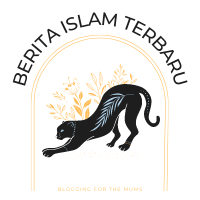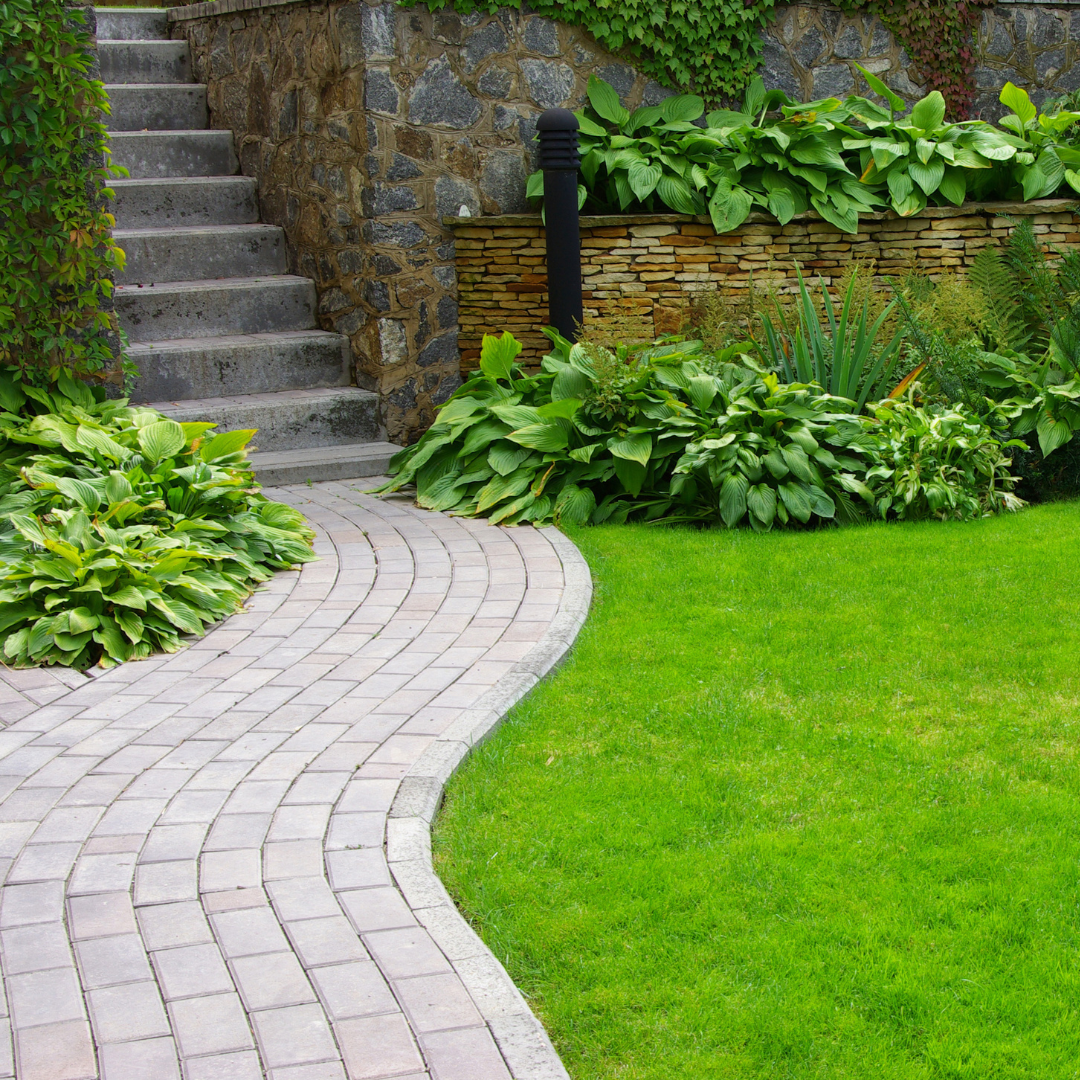Choosing a landscape design for your yard can be overwhelming with all the options available. Plants, flowers, shrubs, trees, grasses, ground covers, fencing, and pretty much anything else you can imagine are available. How do you know which is the right plant, and how do you know where to put it? Sure, you could hire a professional landscaper to do the work for you, but that would be expensive. A better way to landscape your yard is to start with what you have and go from there.
A garden’s beauty is only as strong as its weakest link. One plant can ruin the look of an entire yard, and the same goes for your yard’s flowers. One way to create a cohesive look across your yard’s different features is to utilize your existing landscape and incorporate a few new elements into it.
Here are four easy tips to help you improve your landscape using your existing plants.
Know your site
Your site’s potential is its ability to support specific plants-those that will thrive in your climate and soil conditions. To uncover your site’s potential, you need to identify its key features and environmental conditions. The features will be specific to your lots, such as their size, shape, geographic location, existing structures, existing conditions, and soil conditions. The environmental conditions will be specific to the region, such as rainfall, average temperatures, sunlight, wind, and humidity.
Make a master plan
Having a master plan or a specific landscape design mapped out for your garden can help take the guesswork out of your next landscaping project. A new master plan doesn’t have to be complicated. In fact, many landscaping professionals suggest that starting with a blank sheet of paper and listing everything you want to accomplish in your yard can get your wheels turning. Don’t skip over the backyard drainage system. Overwatering or heavy rain can cause severe damage to your plants, so it’s important that you create proper channels to let the excess water out of your garden. You can consult a landscape drainage contractor near your location for the same and discuss what you can do to build your dream garden.
Blanket the soil
You can plant shrubs, trees, and flowers, but you may have limited growing space. If you have limited space, you can use existing plants in your landscape. Planting 6-12 inches away from existing plants and growing taller trees is important for more privacy. You have two options: you can plant flowers or add another type of tree. Flowers add colour to a landscape, while trees provide shade, but making sure they grow where shade and flowers are desired is important.
Group similar plants together
Grouping similar plants together is an essential part of your landscape design. It helps create harmony and balance in your garden and makes the space look bigger than it might otherwise. You can even consider hiring a landscape designer from tampa landscaping companies or ones nearby to help you group certain plants together if you need help with it.
Plan to prune
When spring arrives, it’s time to get your garden ready for new growth. Part of that focus is pruning. While pruning may seem like a daunting prospect, it’s actually one of the easiest ways to give your garden a boost and sometimes a fresh start. If you have a few bigger trees, then you might want to call for an arborist tree service to help you trim and prune properly.
Focus on your efforts
If you’ve thought about placing some trees or shrubbery in your landscape, but have been held back by lack of space, then focus on your efforts. By grouping plants according to similar growth requirements, you can achieve the look you want while fitting them into the smallest yard.
Add plenty of compost
Most homeowners know that adding compost to your existing landscape can improve the soil quality, add needed nutrients, and help control weeds. Compost also helps prolong the lifespan of plants. However, adding too much compost can reduce the amount of water your plants are able to absorb. Talk to the experts at your local garden supply store to get advice on how much compost is best for your lawn and garden.
One of the most important tasks in any landscape is to figure out which native species you have on hand. It is not always necessary to spend a lot of money, have a huge space, or use exotic materials to design a beautiful landscape. Hope the aforementioned tips help you improve your landscape while simplifying maintenance!

